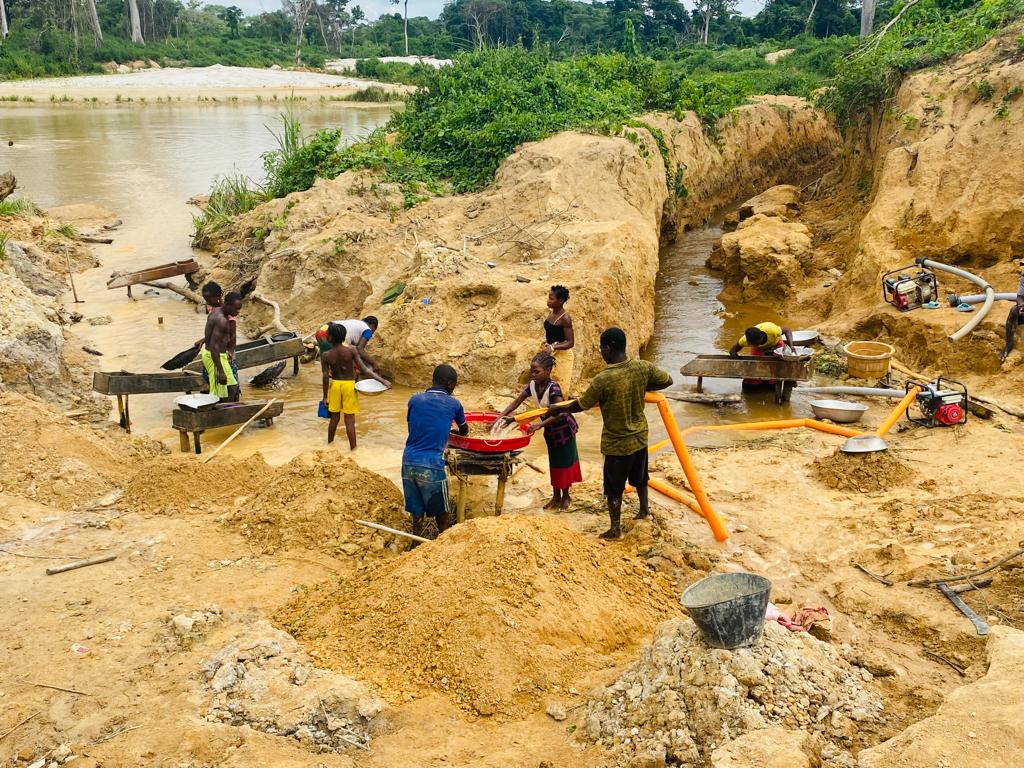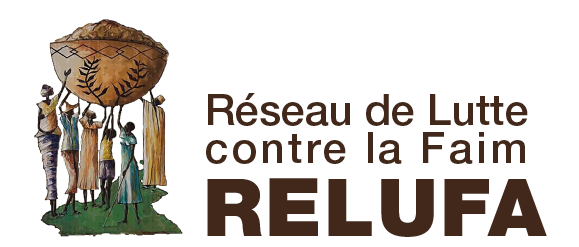
In Cameroon’s eastern region, precisely the Kadey division, a disturbing pattern is emerging where children, particularly those under the age of 13, are abandoning their education to work in gold mines. Children, especially 6–12 years old, leave their education to earn a living at mining sites. Illegal artisanal mining is gradually eroding the interest of the young in education, as many have turned to the mining fields as a means of safety from poverty. Economic hardships have forced most parents to encourage their children to drop out of school and go into mining because of the monetary benefits. They are often forced to leave school or combine school attendance with long work hours on the sites. Despite the dangerous working conditions, many children are prepared to take the risk in an attempt to escape poverty. For many children, the dream of making it big is only a distant mirage at the cost of their education. When the children reach the tender age of seven, around 80 or 90 percent drop out of school and head for the gold mines to get some money.

Child miners in Bombe Pana, East region of Cameroon.
In Bombe Chateau, a mining community in the Eastern region of Cameroon, thousands of children spend their days at makeshift mines. They risk their health for the small amounts of gold they sell for a dollar at the local black market. Most of these children have never been to school, sacrificing their education for money. The common reasoning for most of these mining communities is that education is a sheer waste of time compared to the quick cash they make daily from the mining business. Some parents here do not see the need for school. Among the kids who spend time in mining sites is 7-year-old Nabele Sandrine. She hopes one day she can find a diamond to use the proceeds to build a house for her father. When asked the reason for her unrelenting passion, Sandrine says she hopes to find a diamond to use the proceeds to build a house for her father. Apart from the minors who engage in illegal artisanal mining, mining firms also hire school-age labourers. The children say it is pretty lucrative as Chinese companies pay them a dollar a day for labour and a bonus if they find gold. Due to this, schools, mainly primary and secondary, have suddenly become empty.

7-year-old Nabele Sandrine digging for diamonds with a shovel
Like their parents, most students have been exposed to money-making methods and mining at the expense of their education. The Chinese mining companies are not only exploiting their natural resources but also their children. In order not to be on the receiving end of the frustrations of the local mining community, mining companies usually need to use Corporate Social Responsibility to appease mining communities. But The Chinese companies don’t build any schools for the children, and severe health issues and underdevelopment persist. When the child miners dig the water beds, contaminating their only source of drinking water, the Chinese refuse to provide alternative sources, such as constructing wells. Many people have become sick from drinking contaminated water, and others have died in landslides.

A young boy in Bombe Pana village uses a spade to dig for gold
Teachers Abandon Classes for Mining
The alarming trend of teachers abandoning their profession to engage in illegal mining activities is a matter of great concern. It not only disrupts the education system but also exposes the teachers to various social evils. The profits earned from these activities by both the teachers and students are often squandered on drugs and alcohol, contributing to the prevalence of substance abuse. Besides, it also leads to an increase in prostitution and other forms of social disorders, which is detrimental to the overall well-being of society. It is crucial to address this issue and find ways to discourage teachers from engaging in such activities, as it not only affects their own lives but also the future of the children they are supposed to educate.
Government Efforts to keep children out of mine
Child labour in gold mines worldwide is a serious problem, with at least one million children aged five to 17 affected, according to the International Labour Organisation. It results in the deprivation of education and jeopardises children’s standard school path. Sonamines, Cameroon’s national mining company, has recognised this as “one of the worst forms” of child labour, which is detrimental to the health and safety of children and their physical, intellectual, and cognitive development. Despite the company’s efforts to discourage children from working in minefields and improve their education through the “zero children in gold mines” project, the sad reality of child labour in mining persists.
Perils of night mining and the struggle for education
Another is the fact that in Cameroon, many young people lose their lives every year in mining. Despite the dangers and perils, many mining sites around the state are constantly a hive of activity, with all sorts of people, including food merchants and ladies of easy virtue, swarming around the neighbourhood. Another dangerous dimension is night mining, where these children and adults go mining at night and are underground until the day breaks. Quite a lot of people have lost their lives in the course. So, the children are being exposed to ways of life such as drug abuse and prostitution That could jeopardise their future. Another challenge is convincing parents who are still reluctant to send their children to school. Some parents here do not see the need for school. The eastern region shares a border with the C.A.R. Many parents are leaving to come, and mine is here. And so many don’t yet understand the importance of education.”
A Need for Change
It is essential to prioritise these children’s education and ensure they have access to safe and supportive learning environments. Education is a fundamental right, and it is crucial to break the cycle of poverty. We must educate parents and guardians on the importance of education and the risks involved in child labour. The government and other stakeholders should work together to create an enabling environment encouraging parents to prioritise their children’s education. In addition to pursuing sensitisation, teachers (in the educational system) could develop creative learning approaches. Also, different stakeholders should equip schools as some children/parents need help to afford books and other things. It’s heartbreaking to see children as young as seven leaving school to work in mines, and we must do everything possible to put an end to this dangerous trend. While the dream of striking it rich is enticing, the reality is that these children are missing out on the chance to learn and build a better future for themselves. We owe it to these children to allow them to learn, grow, and create a brighter future for themselves and their communities. It is not just the government or the mining companies that tackle this issue; it is the responsibility of every individual and CSO to take action and make a difference. That’s why RELUFA fosters advocacy to take children out of mine and keep them in schools for their brighter future, as children are the leaders of tomorrow. Let us unite and create a world where every child can receive an education and live a life of dignity and respect.
